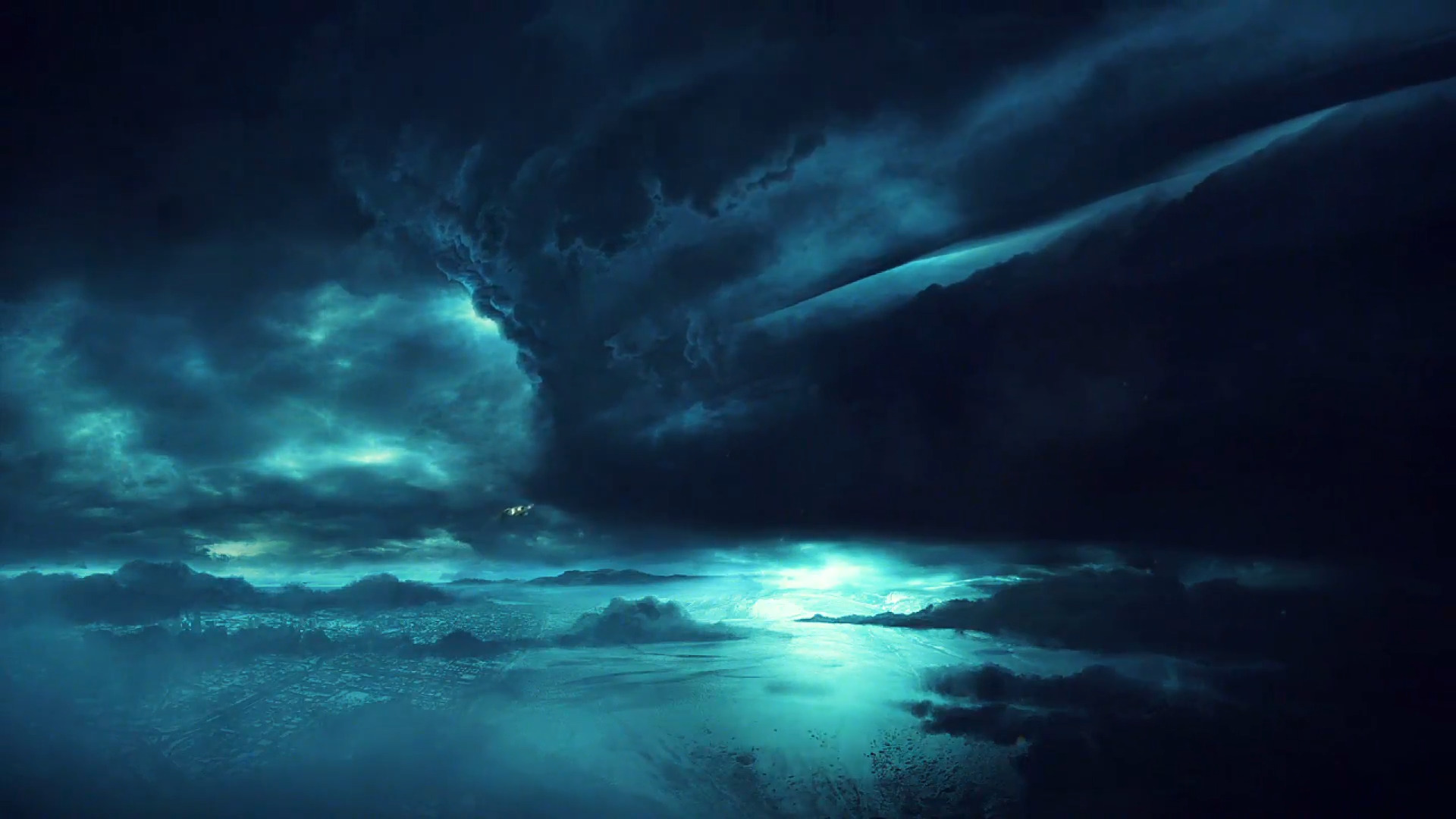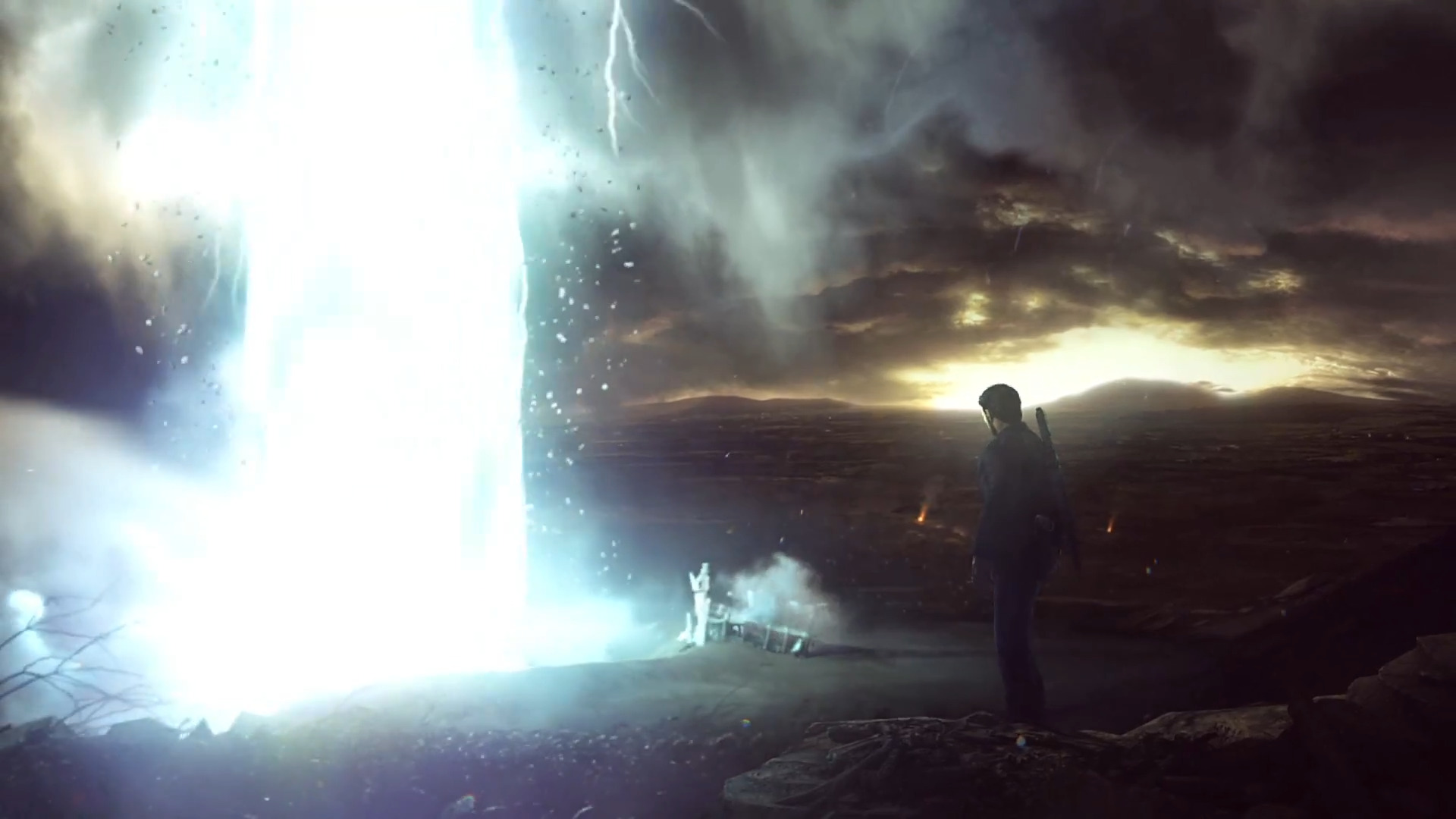Resistance 3 is a Classic, 13 Years On
When I first played Resistance 3 back in the day, the opening truly struck me. Resistance 2, by comparison, picked up immediately after the first game with Sgt. Nathan Hale captured by the SRPA. Before anything else is explained to him, the unit is attacked by the Chimera, an alien race that’s ravaged the Earth with war, even deploying a virus that can mutate humans into their own.
Hale is also infected, but before he can be debriefed at a black site, their transport is shot down. Together with Major Blake, they go toe-to-toe against a massive Goliath and numerous Chimera. It’s action-packed, explosive, and fast-paced.
By comparison, Resistance 3 kicks off with Corporal Joseph Capelli years after. The Chimera’s virus has a cure, but that hasn’t stopped their war efforts. They’re sparing no effort to completely decimate humanity’s last remaining towns, including Capelli’s. Tensions are high, but you’re not thrown into the action immediately. Instead, players wake up underground, greeted by Capelli’s wife, Susan. We see Jack, his son, and learn how he was unwell.
[embedded content]
Moments later, you’re walking around this underground bunker, meeting different residents of Haven, the community that Capelli settled into. You see other parents consoling their children. A dog lifts its head as you approach, wagging its tail. You meet up with Lester, pass by even more people going about their day (such as it is), and eventually happen upon Dale to get your Bullseye battle rifle, testing out in the firing range where other fighters can be seen.
Throughout all this, it becomes clear that Capelli and his fellow neighbors aren’t planning an all-out counterattack to whatever the enemy sends. Instead, an evacuation is in order, which means sneaking past Hybrids, their visages peeking through the ruined windows of the topside diner. Their march rumbles through the tunnels. When it seems like you’ve gone unnoticed, a Hybrid busts through the window, snatching and mauling an ally. Thus, the battle begins out in the ruined streets of Haven, with all manner of tactics thrown to the wind.
Compared to the previous two games, Resistance 3 is more methodical in its pacing. More immersive and, appropriately enough, human-centric. As lead writer Jon Paquette explained to GameDeveloper.com in 2011, “We need to make sure that the player knows who they are, where they are, sometimes when they are – if it’s past or whatever – and most importantly why they’re doing what they’re doing.
“If I’m shooting these aliens, I want to know why I’m shooting the aliens. It needs to be satisfying to shoot the aliens, believe me, but if I know why, then the experience itself is going to be so much better, and I think that’s what the best games do.”
That’s only really the start, though, as Capelli meets Dr. Fyoder Malikov from the previous game, who informs him about the Chimera and their plan to usher in a new ice age. Thus begins their journey to stop the enemy’s plans and potentially turn the tables in humanity’s favor.
In previous games, we mostly saw the impact of the Chimera’s efforts from a military perspective. Some gruesome things occurred in Resistance 2, including the deaths of tens of millions of humans. However, much of the campaign saw players venturing through abandoned cities, massive Chimera ships, and giant floating towers in the skies. In Resistance 3, you’re on the ground level because this isn’t an operation. It’s a fight for survival. The tone is bleaker than ever, and it’s apparent that humanity is on its last legs.
While the Chimera are the main threat, other humans are just as deadly. The Remnants are on your side, promising to escort Capelli and Malikov to New York, where the aliens have their doomsday device. But there are also the Wardens, a group of escaped prisoners turned bandits, with their leader, Mick, brutally killing Malikov and capturing Capelli. The latter is then taken to their prison to fight against Chimera with nothing but a sledgehammer for the Wardens’ amusement. Eventually, there’s a prison break, which ends in Mick’s death on top of all the other killings and destruction.
The overall tone of violence is grittier and more personal than previous titles – which is saying something. However, the result is a campaign that isn’t just unique from its predecessors but something unorthodox by sci-fi shooter standards. The pacing is deft, taking enough time to establish the world and the various humans that dot it, be it the Wardens or the humans of a coal town trying to get by. When it needs to ramp up the action, it does so in interesting ways, mixing firefights with out-and-out horror.
Insomniac Games is owed credit for pushing the limits of the PS3 hardware with its environments, texture work, and character models. So much of the tone and atmosphere is well-informed with its lighting and shadows. Even if it was released three years after Resistance 2, the visual leap is still very much noticeable and masterfully crafted. It’s not perfect, sadly, as the resolution and inconsistent frame rate put a significant damper on the experience.
Of course, the gun play is snappy and responsive, regardless if you’re wielding the trusty Bullseye or the Magnum. The latter is particularly satisfying since it packs lithium rounds. Shoot an enemy in the head and then detonate it to watch a satisfying spray of bloody fireworks. The Mutator is also satisfying as it turns enemies into walking detonations, while environments feel more organic. It also doesn’t hurt that Resistance 3 brought back the first game’s weapon wheel, doing away with the two weapon-limit from the previous game.
You also had a proper health bar instead of regenerating health because, well, Capelli doesn’t possess Hale’s regenerative properties. It makes sense story-wise and reinforces his vulnerability in the face of many threats. Another feature that propelled Resistance 3 above and beyond Resistance 2 is the campaign co-op. Not to knock on the latter, though, as it offered a separate campaign with up to eight players teaming together with different classes and random objects to battle the Chimera. But the former’s campaign more than held its own, and being able to play it online or through local co-op with a friend was great.
When I look back at Resistance 3, it’s incredible how much it reminds me of many other post-apocalyptic titles, from The Walking Dead and The Last of Us to Metro. It still carries that signature Resistance bleakness, so it’s all the more baffling that Insomniac’s title didn’t perform nearly as well as its predecessors. Resistance 2 sold almost 600,000 units in North America across two months, but Resistance 3 only sold 180,000 copies in its launch month.
With Insomniac Games shifting towards the Ratchet and Clank franchise and eventually Marvel’s Spider-Man, Resistance has been on the back burner. If the trilogy is remastered or remade, it will hopefully bring more attention to the franchise, specifically Resistance 3. It’s an incredible blend of action, story-telling, aesthetics, and pacing. Even after over 13 years and tons of other noteworthy first-person shooters, it’s a classic and warrants significantly more appreciation, both from PlayStation and genre fans.
Note: The views expressed in this article are those of the author and do not necessarily represent the views of, and should not be attributed to, GamingBolt as an organization.




Comments are closed.